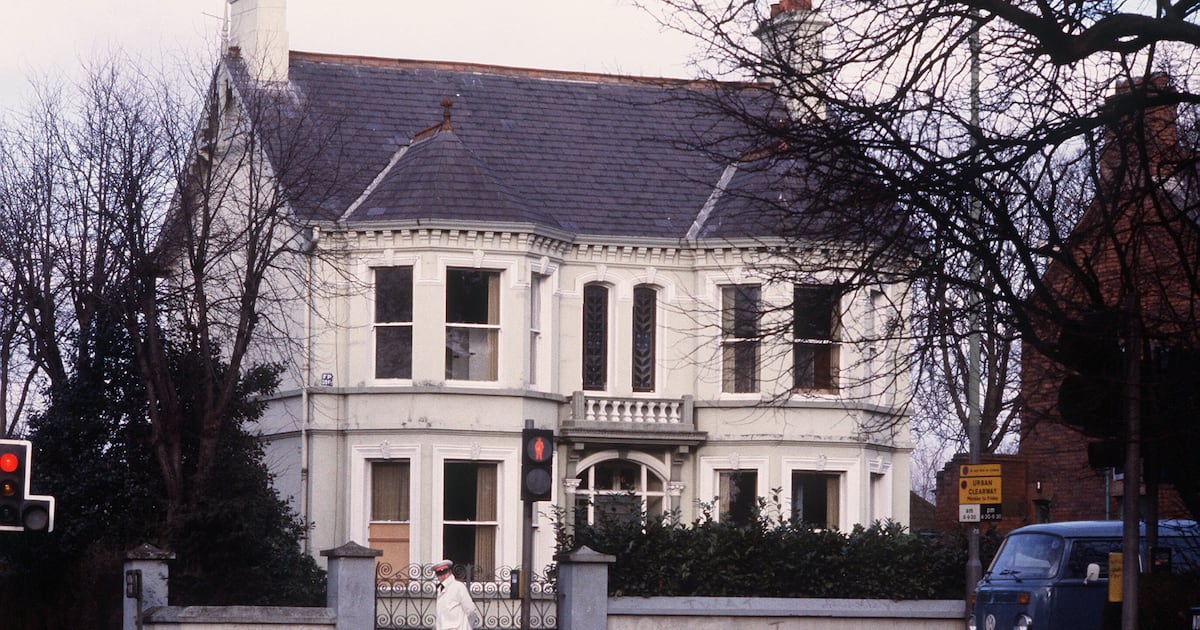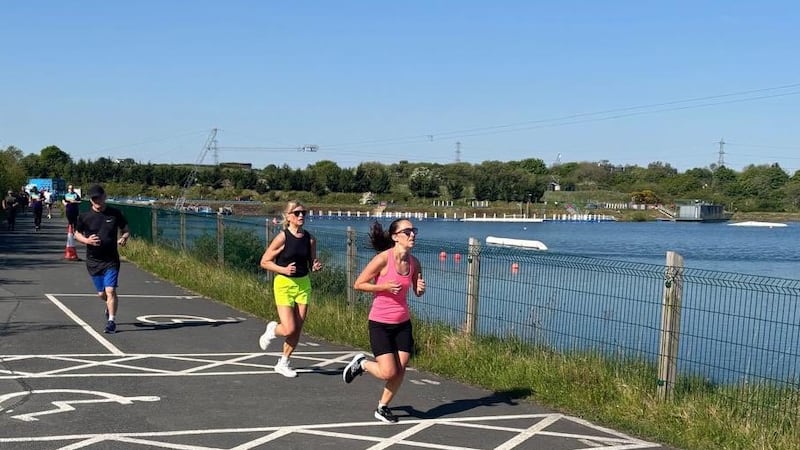The Kincora Boys’ home sex scandal has been linked to British intelligence, loyalist paramilitary groups and the British royal family.
The east Belfast home was at the centre of a child sex abuse ring that preyed on vulnerable young boys sent there for protection.
In a new book, ‘Kincora: Britain’s Shame’, veteran journalist Chris Moore casts fresh light on those involved in an evil paedophile plot alleged to have included a senior member of the British royal family.
Lord Louis Mountbatten, a great uncle of King Charles, is alleged to have abused boys trafficked from Kincora to his residence in Co Sligo.
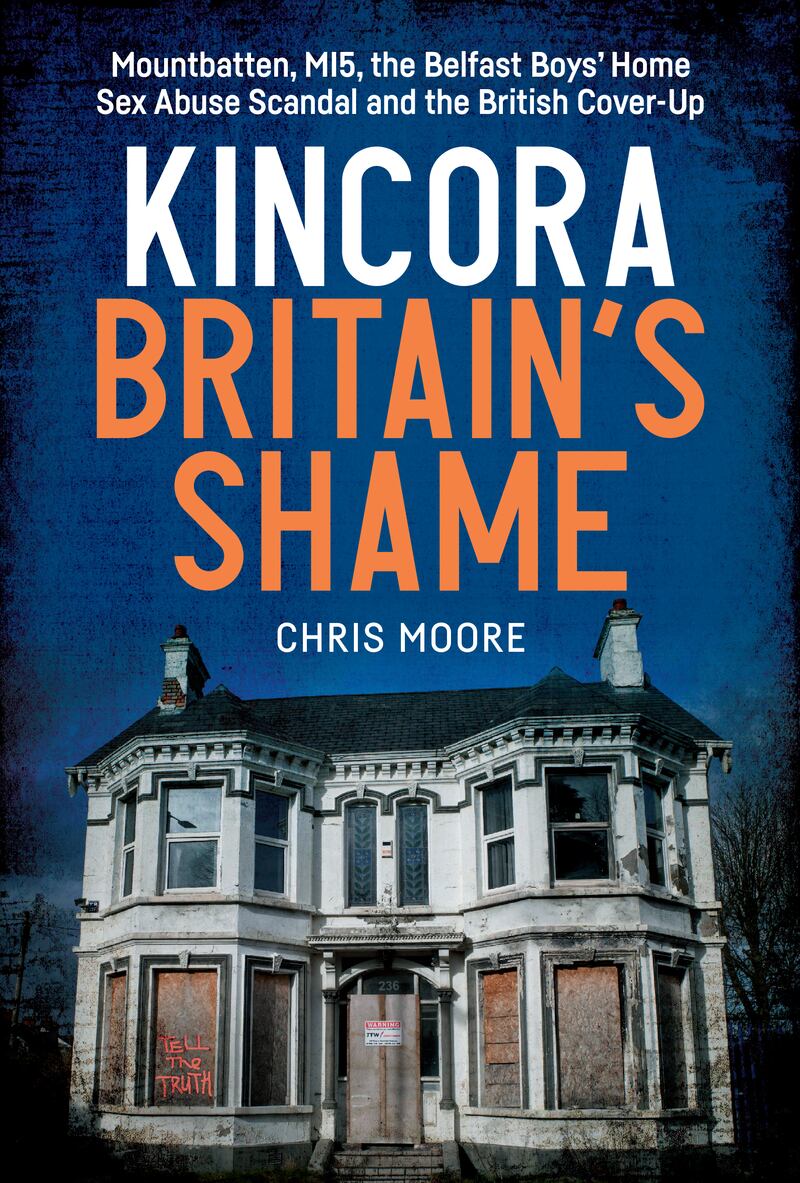 Kincora: Britain’s Shame by Chris Moore
Kincora: Britain’s Shame by Chris Moore
Mr Moore, who has extensive experience in sexual abuse investigations, believes MI5 attempted to frustrate police probes and state inquiries since evidence of the Kincora scandal first emerged almost five decades ago.
Key figures involved in the conspiracy have been identified by Mr Moore, who has followed the controversy since details first came to light in 1980.
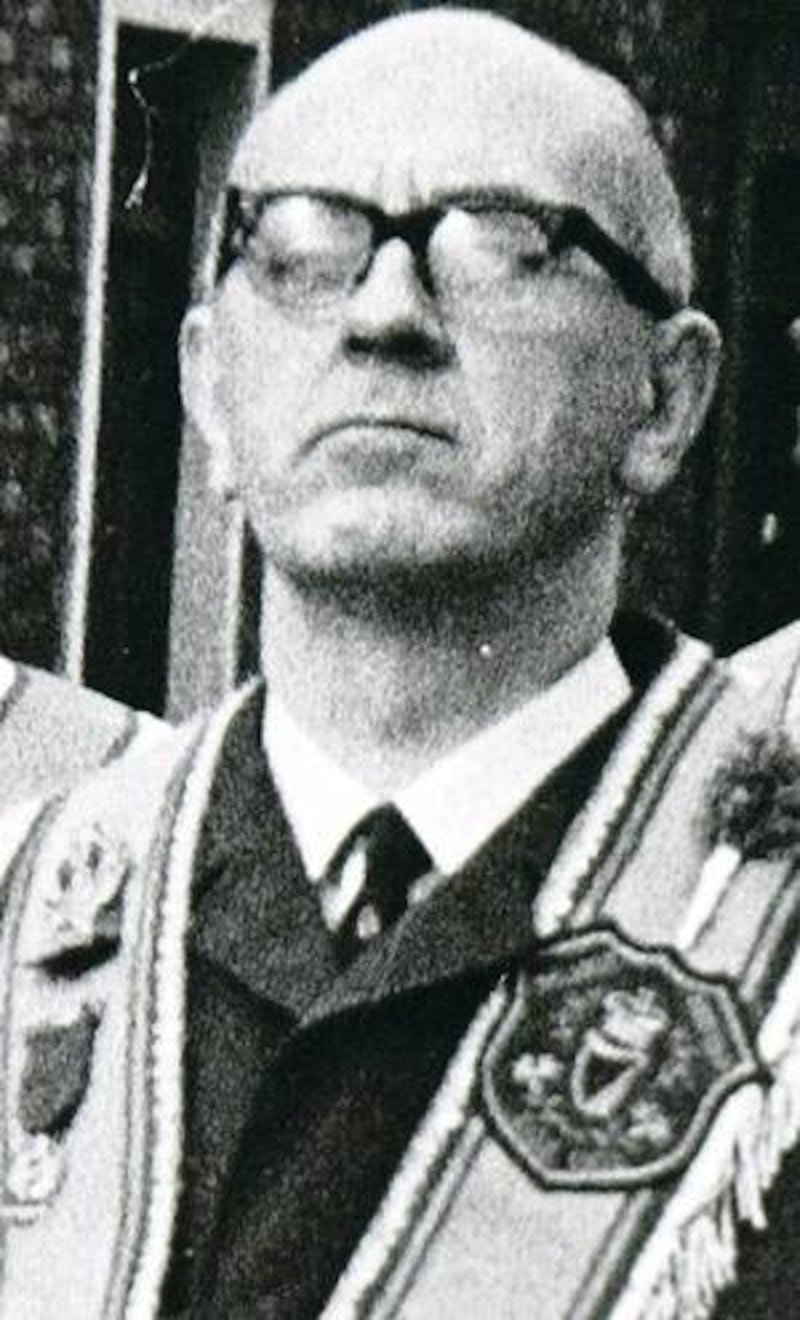 William McGrath
William McGrath
Among them was William McGrath, a former member of the Orange Order who headed up a shadowy loyalist group known as Tara.
A suspected MI5 agent, McGrath, who is thought to have also had links to MI6, was a house master at Kincora.
Strongly anti-Catholic, Tara went in to decline in the 1970s and was effectively finished by the start of the next decade.
In 1981 McGrath received a four-year sentence relating to child sex abuse.
For more than four decades, Mr Moore has attempted to piece together the full Kincora story.
Trusted sources over the years include ex-RUC officers and former members of Tara who were aware of McGrath’s sexual deviancy.
Mr Moore reveals how on one occasion a former RUC officer, who investigated the Kincora scandal, Detective Chief Inspector George Caskey, smuggled him into Castlereagh Police Station under a blanket.
At the time, in the late 1980s, Castlereagh was one of the most secure RUC facilities in the north.
“Once inside, George allowed me to look at a few Kincora files he’d chosen for me,” Mr Moore wrote.
“Mind you, I was forbidden to touch any of the pages – George insisted that he would turn them when I was ready to move on as we sat around a coffee table in his office.”
The author reveals how Caskey, who began investigating Kincora in 1980, later believed MI5 had ‘obstructed’ his criminal investigation.
Mr Moore also recalls how in 1995 over lunch he asked RUC chief constable Jack Hermon “about the possibility of McGrath being an MI5 agent involved in an operation at Kincora”.
“He told me then that this could not be true because he had not been made aware of any such operation and he would have been told about it,” Mr Moore wrote.
He reveals that the flowing year Mr Hermon pulled him aside at an event.
“Then, in 1996, I saw him again at a Kincora-related event, where he took me aside to quietly apologise for what he’d said at our lunch, which he described as misleading,” he wrote.
“He said he had subsequently learned that MI5 did indeed have an operation linked to Kincora and that McGrath was working for them.”
Mr Moore writes that “secret MI5 documents” he has obtained “confirm that Sir John Hermon and the RUC Special Branch were kept in the dark about MI5’s ‘assets’ in both Kincora and Tara”.
“These assets were the cornerstones of a top-secret operation spying on unionists and their links to loyalist paramilitaries, and they possibly had knowledge of the abuse that was being carried out at Kincora,” he wrote.
In 2017 the Historical Institutional Abuse Inquiry (HIA) found there was no evidence that security agencies were complicit in the abuse that took place at Kincora.
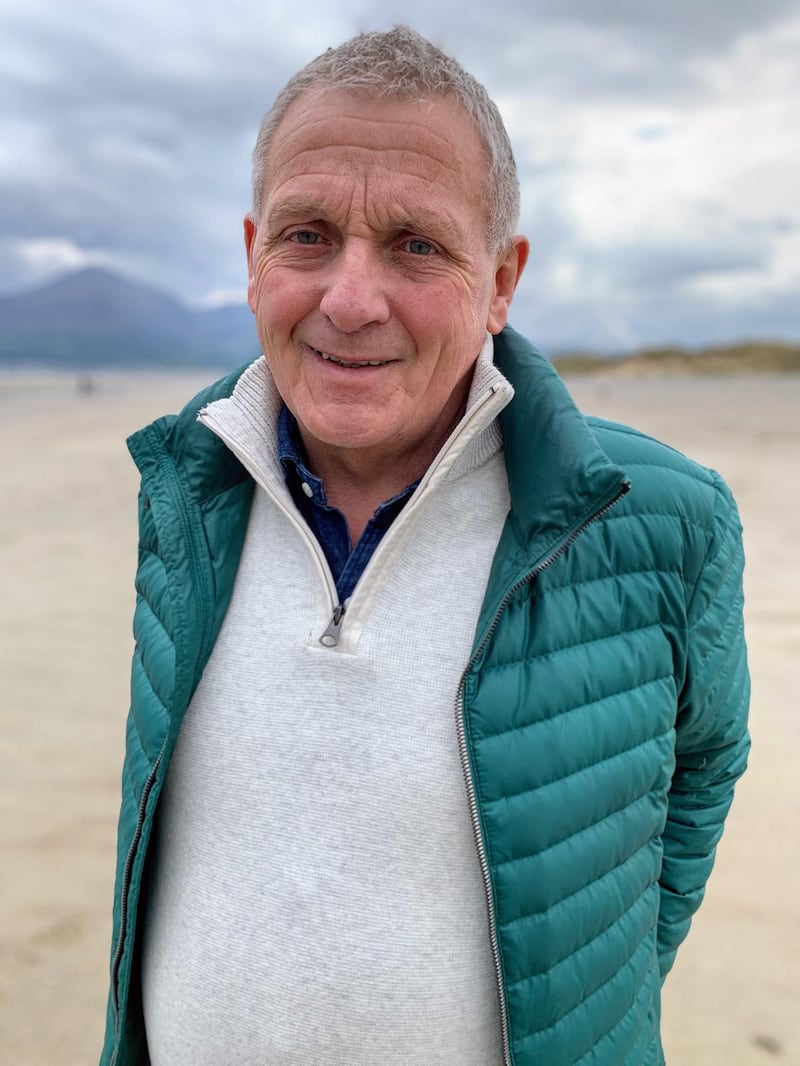 Journalist Chris Moore
Journalist Chris Moore
Speaking to the Irish News Mr Moore referenced the role of MI5.
“MI5’s arrogance continues through the book,” he said.
“I was trying to pull together all the separate little strands which were used in a way to frustrate people who knew about Kincora, or to just simply block Kincora from public view.
“And they did very well in that.
“Every inquiry that the government has held since then has been limited in its resources, could not compel MI5 to produce witnesses or documents.
“That goes for the HIA inquiry.”
Mr Moore said one source he spoke to summed up the British approach to Kincora.
“One whistle blower I spoke to conjured up two words to describe how the British used the English language to cover up their tracks,” he said.
“He said that as regards Kincora the English language was facilitating those in the British establishment who wanted to keep secrets and he described this as their ‘linguistic contortions’.
“They tried obfuscation, downright lies.”
